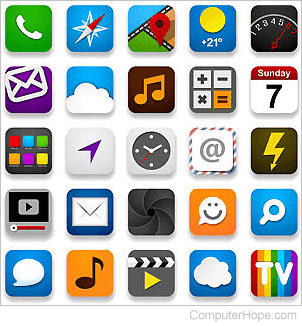So, you’re curious about whether an app can be considered a software? Well, this article is here to shed some light on this interesting question. We’ll explore the relationship between apps and software, and get to the bottom of whether they can be used interchangeably or if there are some key differences. So, let’s dive right in and unravel the mystery behind whether an app is truly a software.
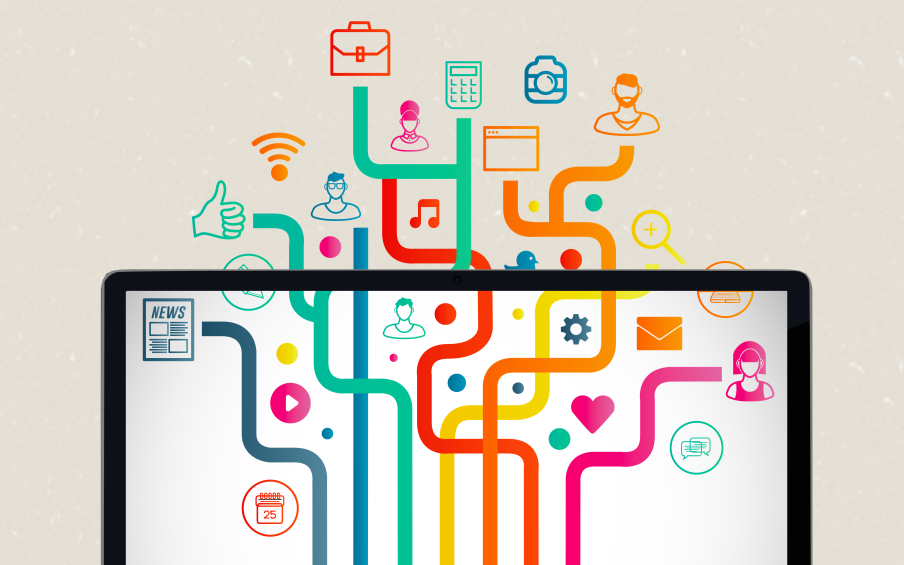
This image is property of tateeda.com.
Definition of App
Different types of apps
Apps, short for applications, are software programs designed specifically for mobile devices or computers to perform various tasks or provide specific services. There are different types of apps available, each catering to different needs and platforms. Some common types include:
-
Mobile apps: These are designed specifically for smartphones and tablets, leveraging the capabilities of these devices such as touch screens, accelerometers, and GPS. Mobile apps can be found on app stores like Apple App Store and Google Play Store.
-
Web apps: These are accessed through web browsers and do not require installation. They run on remote servers and can be accessed on any device with an internet connection. Web apps are often used for services like online banking, email, or social media platforms.
-
Desktop apps: These are applications installed on desktop or laptop computers, providing specific functionalities. Desktop apps can be downloaded from websites or installed from physical media like CDs or DVDs.
-
Hybrid apps: These combine elements of both native and web apps. They use web technologies like HTML, CSS, and JavaScript but are wrapped within a native shell, allowing them to access device features. Hybrid apps are often developed to be cross-platform, running on multiple operating systems.
Characteristics of apps
Apps share some common characteristics, irrespective of their type or platform. These characteristics include:
-
User interfaces (UI): Apps have specific graphical user interfaces designed to facilitate user interaction. The UI components may differ based on the platform or device, but the goal is to provide a visually appealing and intuitive interface for users.
-
Functionality: Apps are developed to perform specific tasks or provide specific services. They serve a purpose, whether it’s organizing tasks, editing photos, or providing weather updates. The functionality of an app is determined by its design and programming.
-
Portability: Many apps are designed to be portable, allowing users to access them on multiple devices or platforms. Mobile apps, for example, can be installed on different smartphones with varying operating systems.
-
Integration: Apps often integrate with other software or services to enhance their functionality. For example, a weather app may integrate with a mapping service to provide location-based weather updates.
Definition of Software
Types of software
Software refers to a broader category that includes apps and other programs used on computers and other devices. It encompasses the entire range of programs that instruct a computer or device on how to perform specific tasks. There are various types of software, including:
-
Operating System (OS): This is the core software that manages the computer’s hardware and provides a platform for other software programs to run. Examples include Windows, macOS, and Linux.
-
System software: This software includes utilities and tools that help manage and optimize a computer’s performance. Examples include antivirus software, disk management tools, and device drivers.
-
Application software: This category includes all types of software programs, including apps, that are designed to perform specific tasks or provide specific services. It includes word processors, spreadsheet programs, graphic design software, and many others.
Characteristics of software
Software, in general, shares certain characteristics irrespective of its specific type or purpose. These characteristics include:
-
Instructions for computers: Software consists of a set of instructions that tell a computer or device what tasks to perform and how to perform them. These instructions are written in programming languages that computers can understand.
-
Flexibility: Software can be easily modified or updated to add new features or fix issues. This allows software programs to evolve over time to meet changing user needs or to adapt to new technologies.
-
Scalability: Software can be designed to scale according to the needs of the users or the organization. It can handle large amounts of data, serve multiple users simultaneously, and adapt to changes in workload.
-
Integration: Software programs can be designed to integrate with other software and systems, allowing data exchange and interoperability. This enables seamless communication between different software programs and enhances overall functionality.
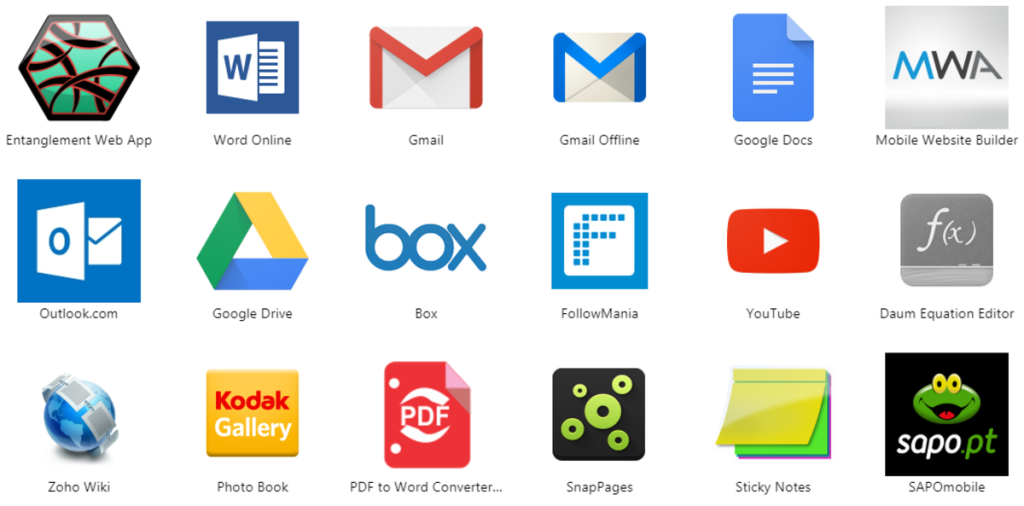
This image is property of images.saymedia-content.com.
Understanding Apps
What is an app?
An app is a software program designed to perform specific tasks or provide specific services on mobile devices, computers, or other platforms. It is a user-friendly interface that allows users to interact with the software and achieve their desired goals. Whether it’s a game, a productivity tool, or a social media platform, an app is designed to provide functionality in a convenient and intuitive manner.
Functionality of an app
The functionality of an app depends on its purpose and design. Apps can perform a wide range of tasks, including:
-
Productivity: Apps designed for productivity help users manage their tasks, calendars, emails, and documents. They facilitate organization and efficiency, allowing users to stay on top of their responsibilities.
-
Communication: Messaging apps and social media platforms enable users to connect with friends, family, and colleagues. They provide instant messaging, voice calling, video calling, and other communication tools.
-
Entertainment: Apps in the entertainment category include games, streaming platforms, music players, and video editors. They provide users with entertainment and leisure activities.
-
Utility: These apps serve practical purposes, such as weather apps, navigation apps, or language translators. They provide users with tools and information to assist them in their daily lives.
Understanding Software
What is software?
Software, as mentioned earlier, refers to a collection of programs, instructions, and data that enable computers and other devices to perform tasks. It is a broad term that encompasses apps, operating systems, system utilities, and other programs.
Functionality of software
The functionality of software is defined by its purpose and programming. Software can perform a wide range of tasks, from complex calculations and data analysis to managing hardware components and communicating with networks. It can automate processes, analyze data, and enable users to interact with computers and devices in meaningful ways.
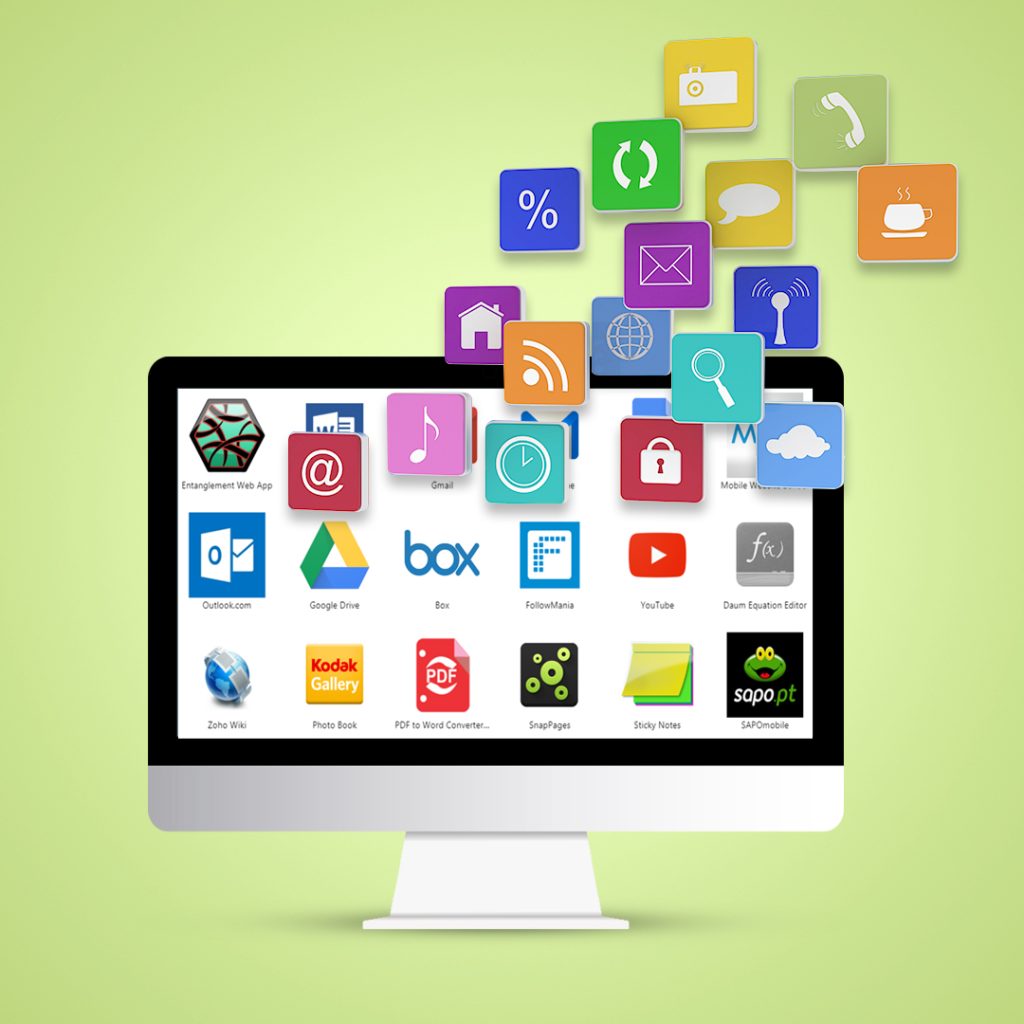
This image is property of www.bridge-global.com.
Relationship between Apps and Software
Apps as a subset of software
Apps can be seen as a subset of software as they fall under the broader category of application software. They are specific programs designed for specific platforms or devices to provide targeted functionality.
Software as a broader concept
Software encompasses a wide range of programs and includes not only apps but also operating systems, system utilities, and other types of software. It provides the foundation on which apps and other programs run.
Overlap between app and software
While apps and software are distinct categories, there is often overlap between the two. Apps are a type of software, and software can include apps. However, not all software programs are apps, as software includes a broader range of programs beyond the scope of apps.
Distinguishing Apps from Software
Focus on specific tasks or functions
Apps are designed to cater to specific tasks or functions, providing a focused user experience. They usually have a narrower scope compared to broader software programs, which can perform a wide range of tasks.
Platform-specific or cross-platform
Apps can be developed for specific platforms or devices, such as iOS or Android. They may take advantage of platform-specific features and capabilities. Software, on the other hand, can be platform-specific or cross-platform, depending on its purpose and design.
Distribution methods
Apps are typically distributed and installed through app stores specific to the platform, such as the Apple App Store or Google Play Store. On the other hand, software can be distributed through various methods, including physical media, downloads from websites, or software repositories.
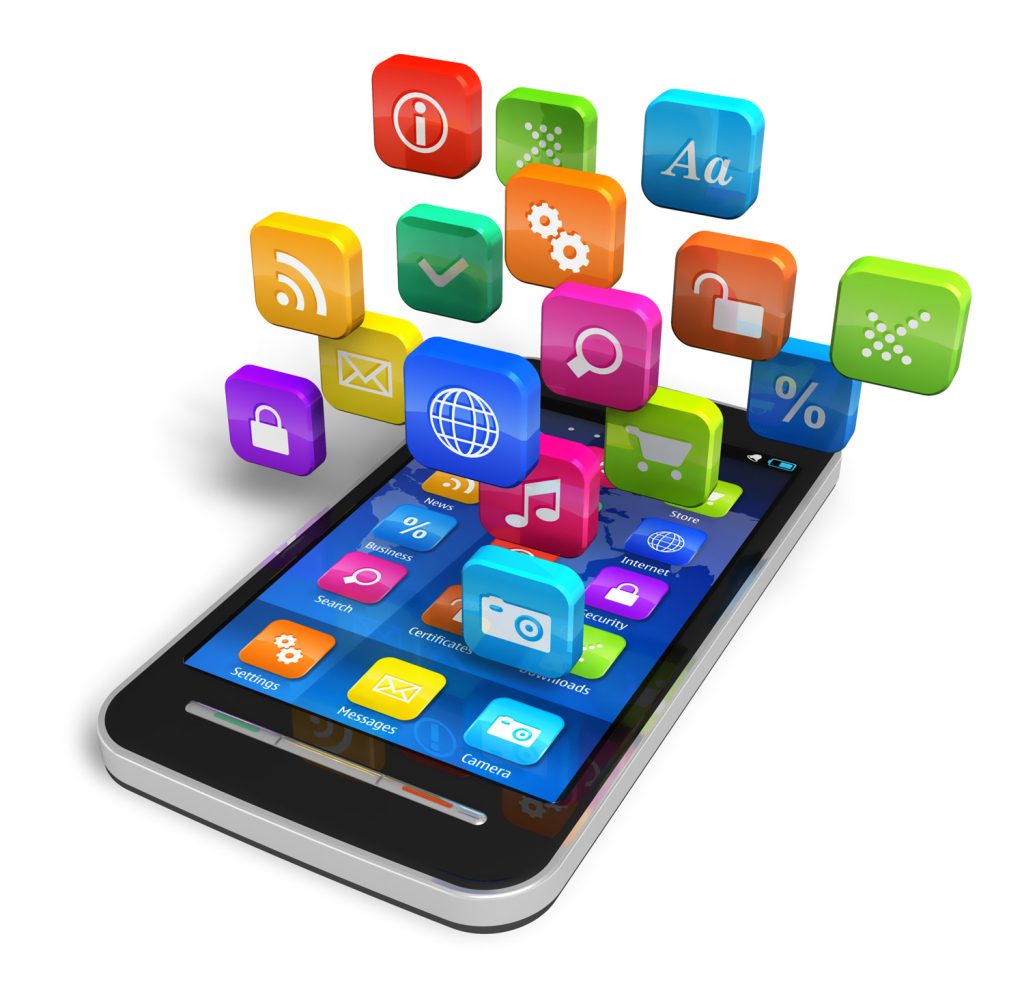
This image is property of americanprofile.com.
App Development Process
Planning and design
The app development process starts with planning and design. This involves identifying the target audience, defining the app’s purpose and features, and creating a visual and functional design. Wireframes and prototypes are often created during this stage to get a better understanding of the app’s flow and user experience.
Coding and testing
Once the planning and design phase is complete, developers start coding the app. They write software code using programming languages like Java, Swift, or HTML/CSS/JavaScript. The development phase involves implementing the desired functionality, integrating with external services if needed, and ensuring a smooth user experience. Testing is an integral part of this phase to identify and fix any bugs or issues.
Deployment and maintenance
After the coding and testing phase, the app is prepared for deployment. For mobile apps, this involves submitting the app to the relevant app store for review and approval. Once approved, the app is made available for users to download and install. After deployment, regular maintenance updates may be required to fix bugs, introduce new features, or ensure compatibility with new devices or operating systems.
Software Development Process
Requirement analysis and design
The software development process starts with requirement analysis and design. This involves gathering and documenting the requirements of the software, defining its functionality, and creating a design specification. The requirements analysis phase aims to ensure that the software meets the needs of its intended users.
Coding and testing
Once the requirements and design phase is complete, developers start coding the software. They write code based on the design specification using appropriate programming languages and frameworks. The coding phase involves implementing the desired functionality and ensuring code quality and reliability. Testing is an integral part of this phase to identify and fix any bugs or issues.
Deployment and maintenance
After the coding and testing phase, the software is prepared for deployment. This may involve packaging the software into installer files or creating a disk image for distribution. Once deployed, regular maintenance and updates may be required to address bugs, improve performance, or add new features.
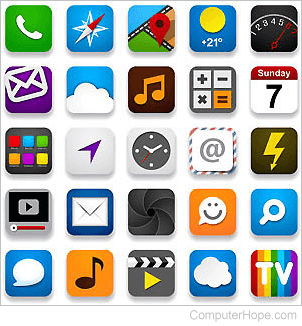
This image is property of www.computerhope.com.
Similarities between App and Software Development
Iterative and incremental
Both app and software development processes often follow an iterative and incremental approach. Iterations and frequent feedback loops allow for continuous improvement and refinement of the product. Developers gather feedback from users, test the software, and make necessary adjustments to enhance its functionality and usability.
Quality assurance and bug fixing
Both app and software development involve a focus on quality assurance and bug fixing. Testing is conducted at different stages of development to identify and resolve any issues. Quality assurance processes ensure that the apps and software meet the desired standards and are free of bugs or errors.
Conclusion
In conclusion, apps are a type of software specifically designed for mobile devices, computers, or other platforms to provide specific functionality. Software, on the other hand, encompasses a broader category of programs and includes operating systems, system utilities, and various types of applications. While apps are a subset of software, software is a broader concept that encompasses apps and other programs.
Apps and software play vital roles in today’s digital world, enabling users to accomplish tasks, access information, and connect with others. They offer convenience, efficiency, and endless possibilities for individuals and businesses alike. Understanding the relationship between apps and software can help users navigate the digital landscape and make informed decisions about the tools they choose to employ in their daily lives.
